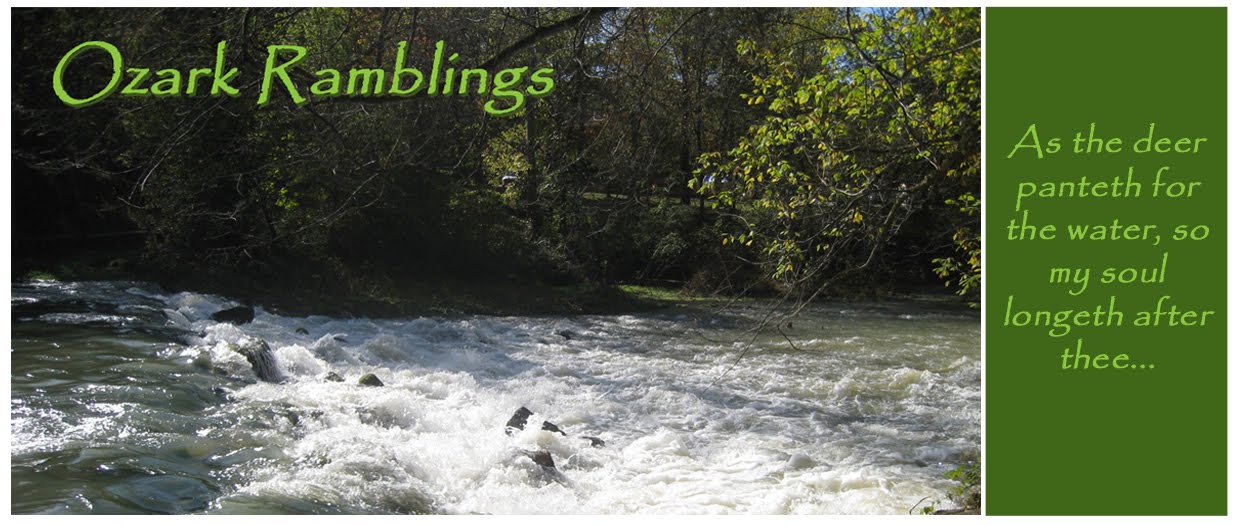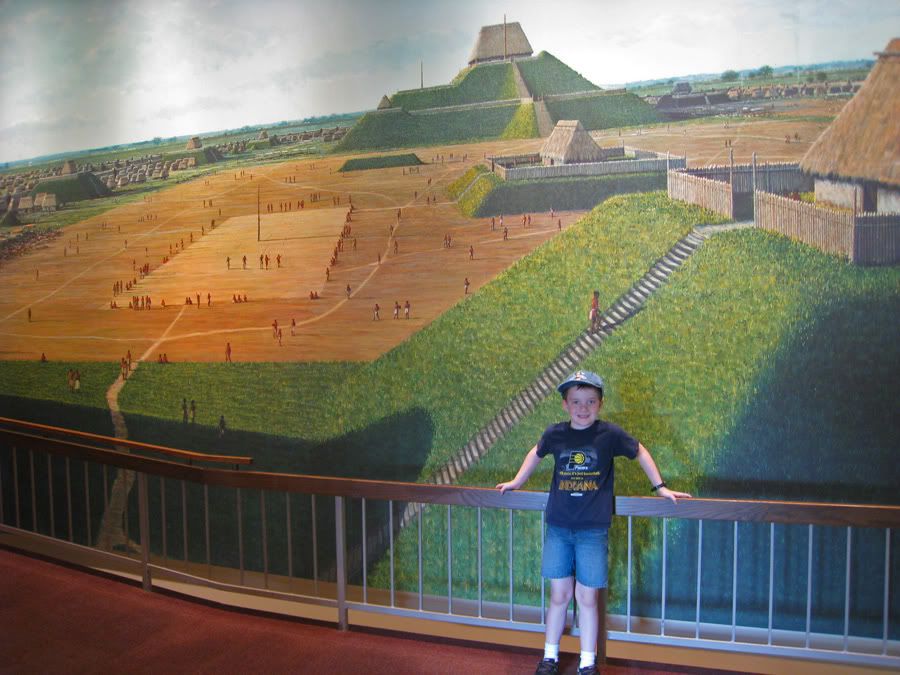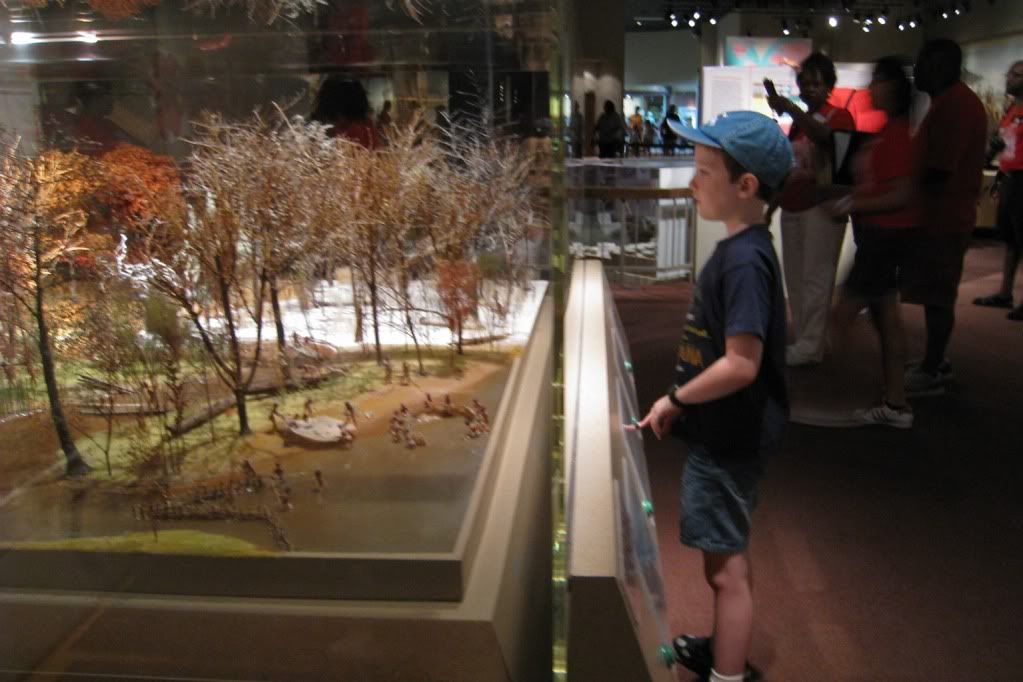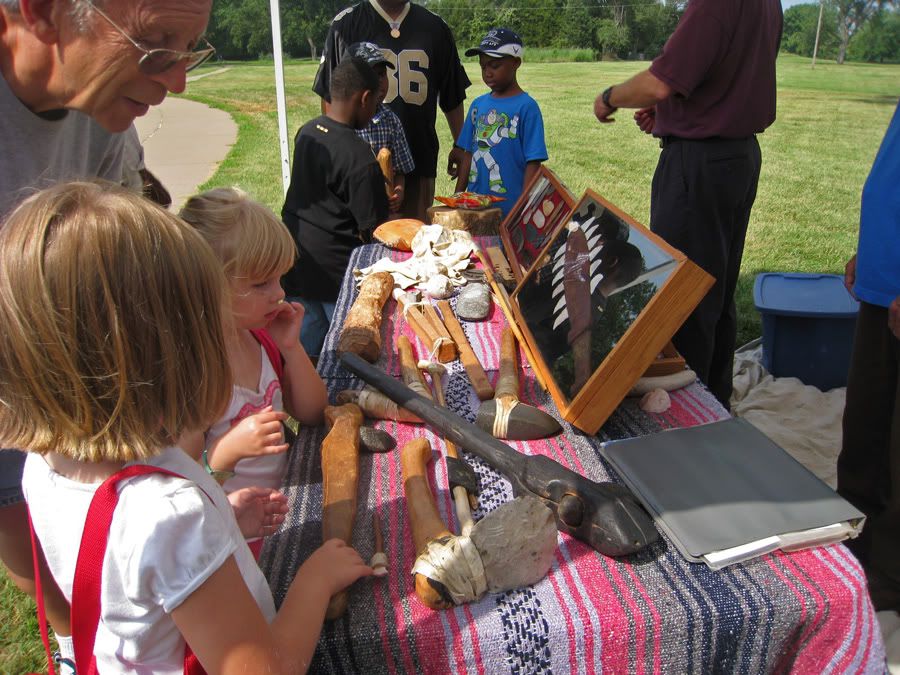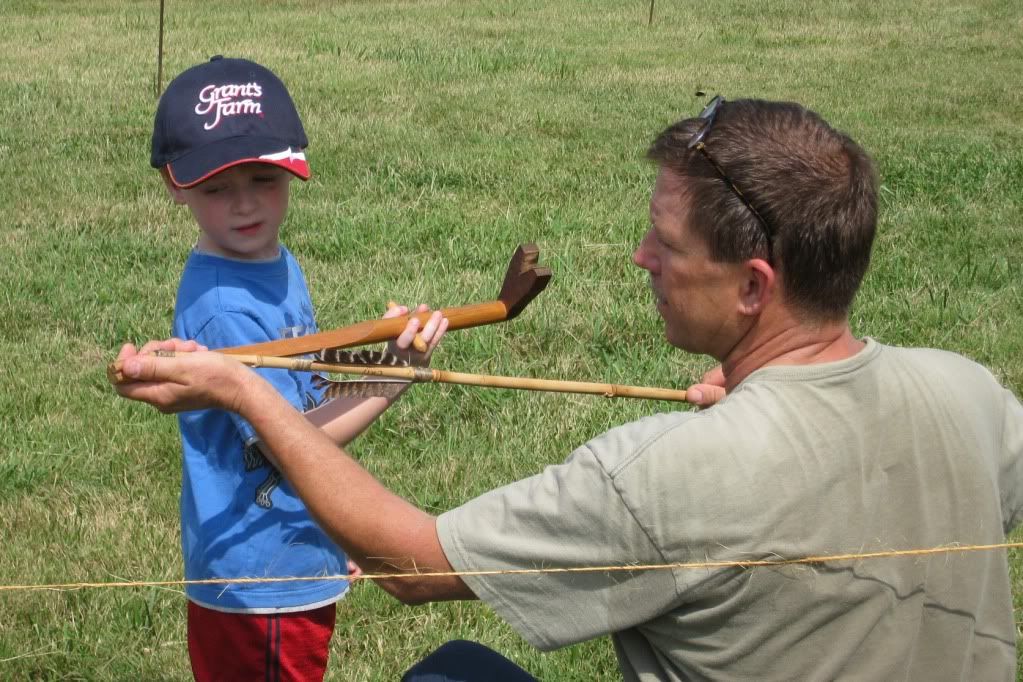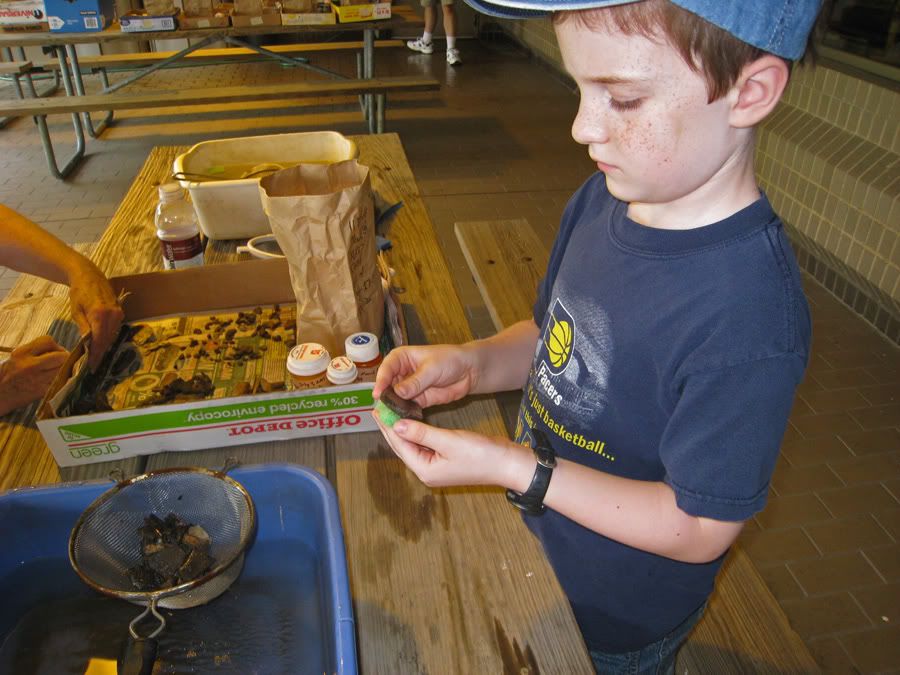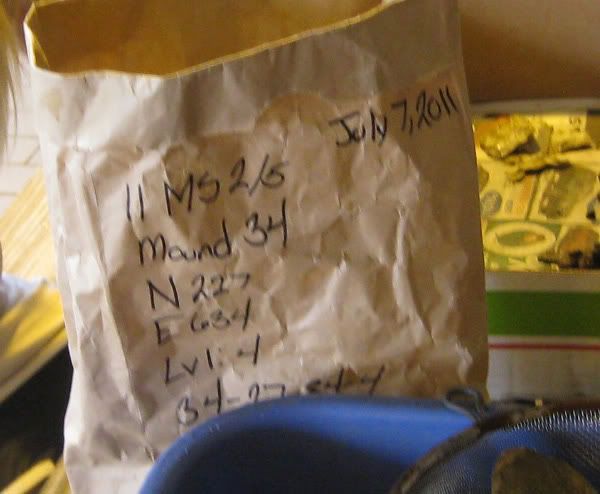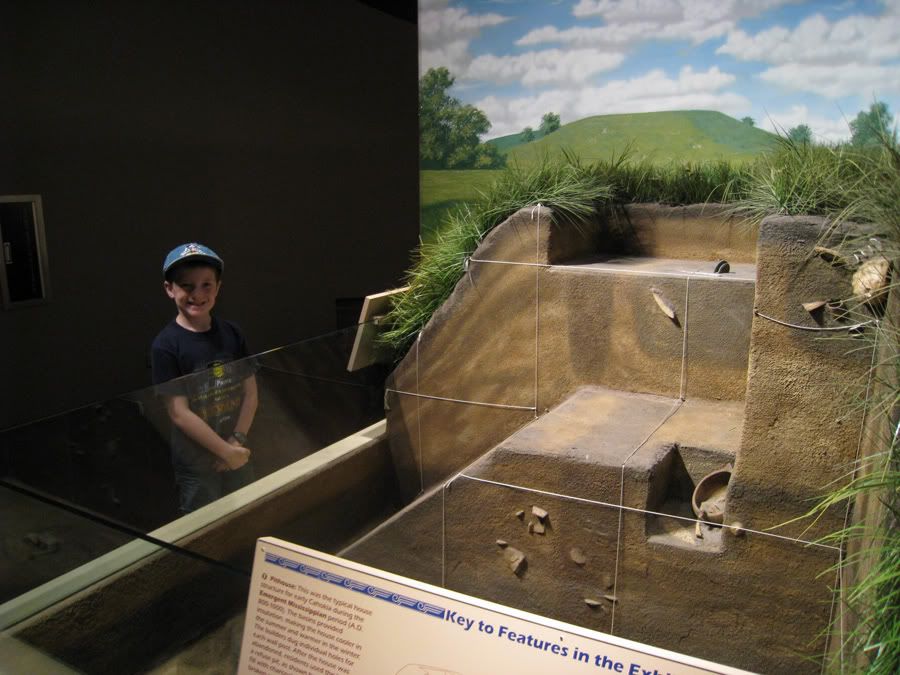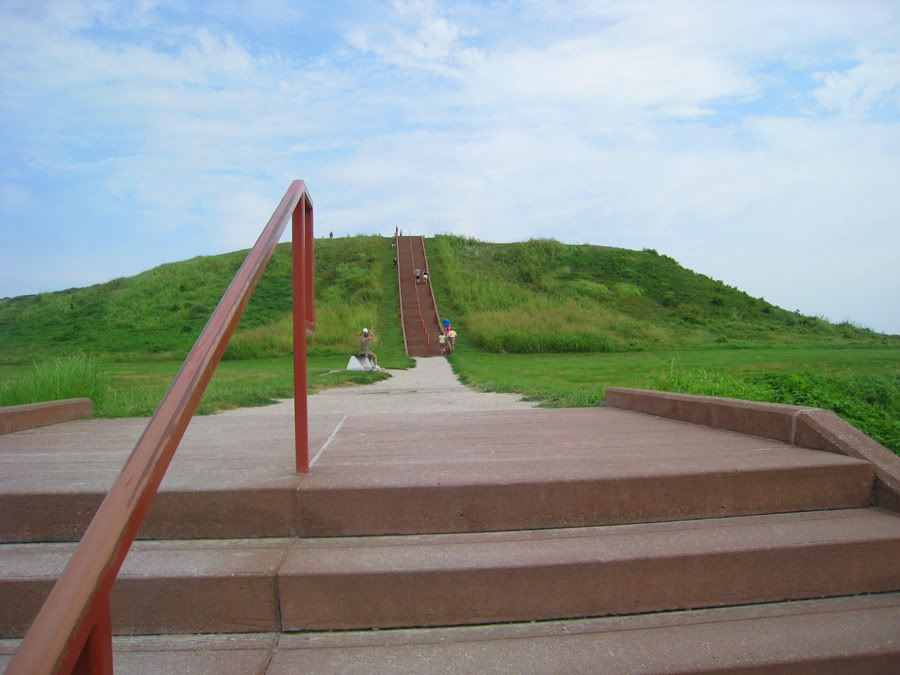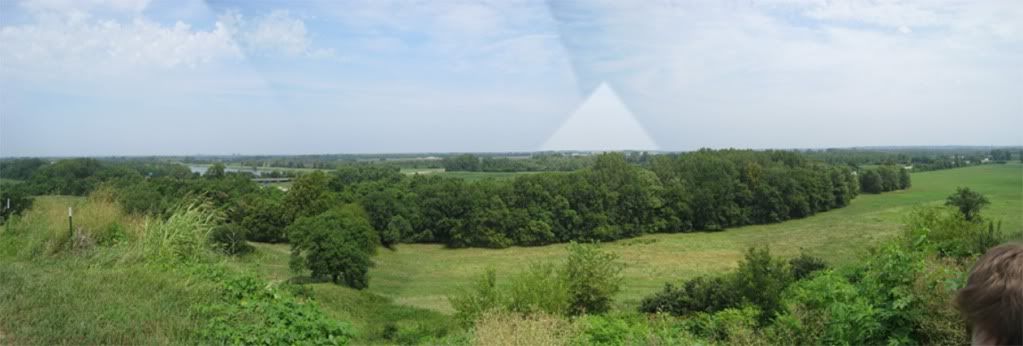Woohoo! Less than a month to go before we head down to Disney World and a new Science of Disney Imagineering DVD came in for us at the library. This one covers electricity--a vary dangerous subject so there is a lot of safety warnings and instruction. Well, you know the drill by now.

Asa's Invention: Asa has attached a piano keyboard up to a tesla coil to participate in a futuristic band contest the imagineers are holding. Joined by an electric guitar and a drummer, (wearing a mesh metal suit to become part of the circuit itself) they form the Tesla Trio.
Definitions: This one is chock full--Electricity, insulators, conductors, voltage, current, 1 amp, circuit, load, resistance, series ciruit, parallel circuit, watt, direct current, alternating current, and static electricity.
Disney Rides & Attractions that exemplify the theme:

Say the world electricity and perhaps a light bulb goes on in your head. You'd be hard-pressed to find more light bulbs in one place than the Spectromagic parade (okay, the Osborne Christmas lights display at Hollywood Studios comes to mind but the must not have been filming during the holiday season). There are over 875,000 incandescant lights, 250,000 fiber optic points of light, and 1,096 batteries. We learn the difference between a series and a parallel circuit and why you wouldn't want to use a series circuit on these floats (think about trying to find the one burnt out bulb on your Christmas tree). Asa uses a water hose to demonsrate the flow of electricity and the concept of resistanceand voltage.
We also learn about resistance and this takes us to an interesting science fact (which has nothing to do with Disney). Everything has resistance, including your skin. When you lie you tend to sweat which decreases the resistance. Lie detectors can measure this descrease and tell when you're lying. Asa gets caught as the thief of an ice cream sundae left in the imagineers' fridge.
When imagineers updated the 20,000 Leagues Under the Sea to the Finding Nemo Subs they also retrofitted the submarines from deisel engines to cleaner  electric engines. The three-foot propellers depend on batteries to run. The question is how to get electricity to the sub through water without charging the water (we all know water and electricity don't mix). If you look down in the water you may be able to see the dark track the subs follow. I hope I didn't ruin the magic for anyone, the captain isn't really steering the sub. There is also an insulated coil down there with a flowing current of electricity. Under the subs is configuration of magnets that saddles over that coil. The electric current in the coil produces a magnetic field which in turn produces electricity inside the submarine. This whole section brought back memories of high school physics and trying to remember the right hand rule of magnetism.
electric engines. The three-foot propellers depend on batteries to run. The question is how to get electricity to the sub through water without charging the water (we all know water and electricity don't mix). If you look down in the water you may be able to see the dark track the subs follow. I hope I didn't ruin the magic for anyone, the captain isn't really steering the sub. There is also an insulated coil down there with a flowing current of electricity. Under the subs is configuration of magnets that saddles over that coil. The electric current in the coil produces a magnetic field which in turn produces electricity inside the submarine. This whole section brought back memories of high school physics and trying to remember the right hand rule of magnetism.
The next subject is static electricity and lightning. Asa demonstrates the old rubbing-your-feet-on -the-carpet-and-shocking-your-friend gag. Then he moves on to the more serious issue of the danger of lightning strikes. The ships of the Disney Cruise Line have lightning rods in the masts. If lightning strikes the ship it passes through the rod and the hull of the ship into the water and eventually the ground.
Our last ride is Test Track. Once again we're faced with the problem of how to provide power to the electric motors in the cars. (It's not mentioned in the DVD, but I've heard this system is so complex that it's easier to just let it run 24/7 than try to start it up each morning). There's no way you could fit a big enough battery in the vehicle to power it all the time. Once again we're dependant on the track that guides the car. There are copper bus bars that run along the entire track circuit carrying an electric current. Collection shoes under the cars carry the current to the motors. This means the entire ride is a parallel circuit with each car taking the place of a Christmas light in the Spectromagic example.

Quiz: 15 true/false and multiple choice questions.
Try It Yourself: Since we dealing with something dangerous, there is a safety lesson to start with: always pull appliances from the outlet by the plug which is designed to withstand handling. Pulling by the cord can weaken the insulation and allow the wires to touch creating a short circuit. The experiment itself is based on the old potato clock idea. We are going to try different foods and see if they will carry a current. You need 9 volt batteries, wires with alligator clips, two forks your mother won't mind ruining, led lights and food items from your kitchen. Another safety warning--the food is now part of a scientific experiment and you shouldn't try to eat it before or after the test. The examples in the DVD are a pickle, a candybar, and a glob of mayonaise. I won't give away the results, you'll have to Try It Yourself.
